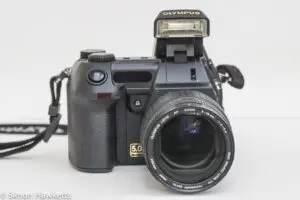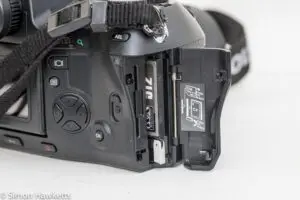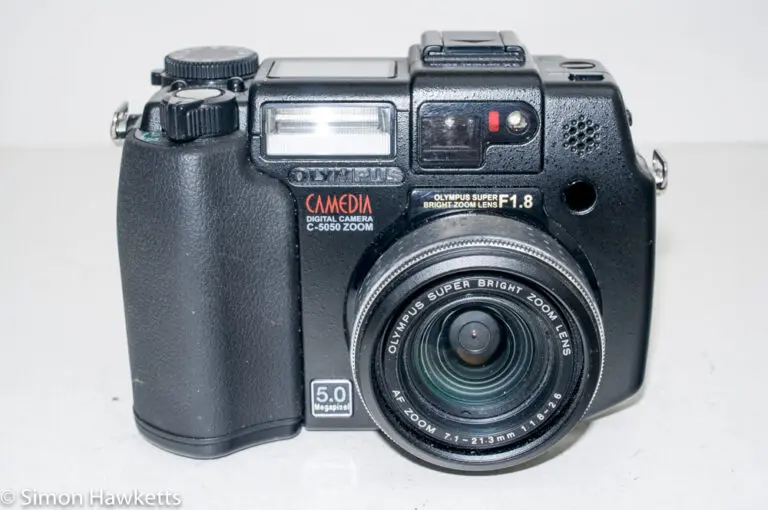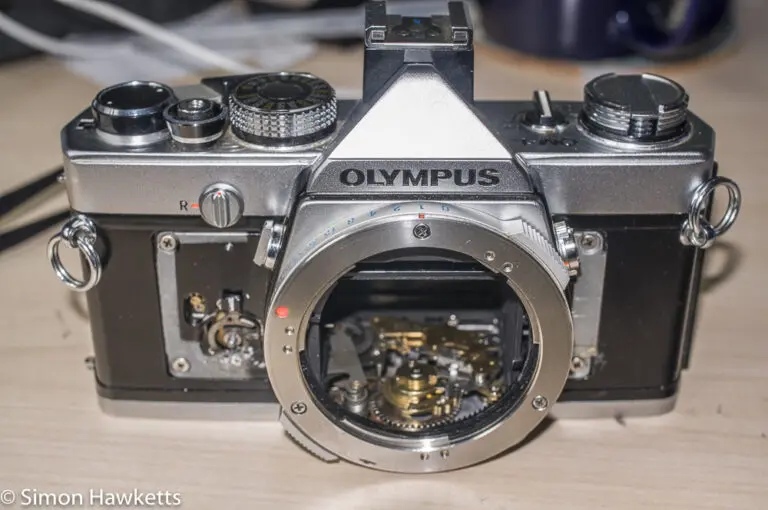Olympus Camedia E-20P Digital SLR
The Olympus Camedia E-20P digital single lens reflex is a 5Mp camera made by Olympus in late 2001. It is a fixed lens camera, with a fast 9 to 36 mm f/2 lens (35 to 140 mm in full frame terms), an articulated LCD screen as well as an optical viewfinder, a host of picture taking options and a very solid construction.
Olympus Camedia E-20P Images
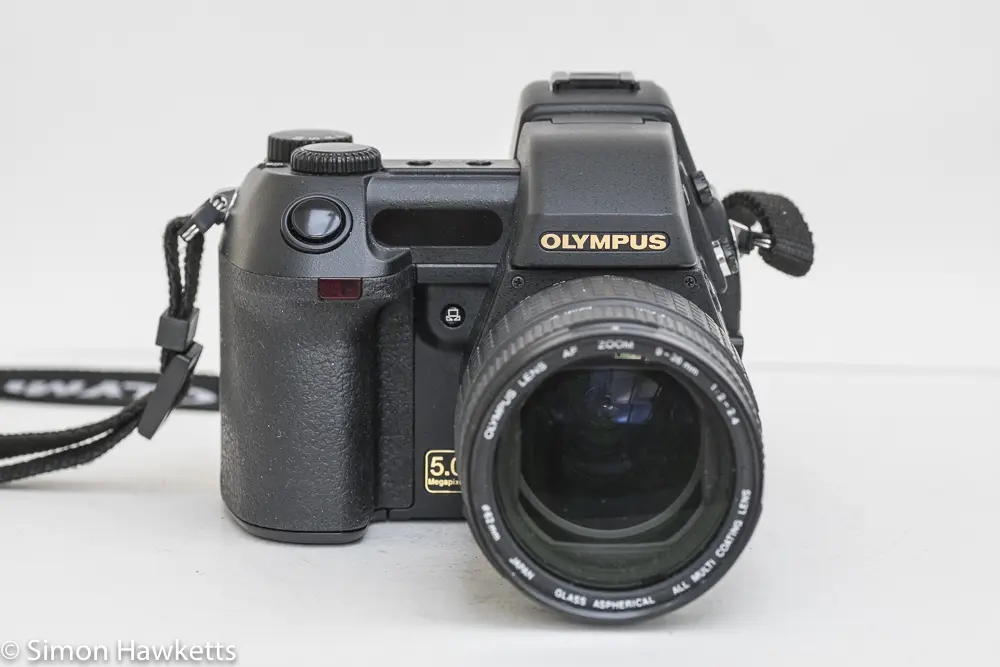
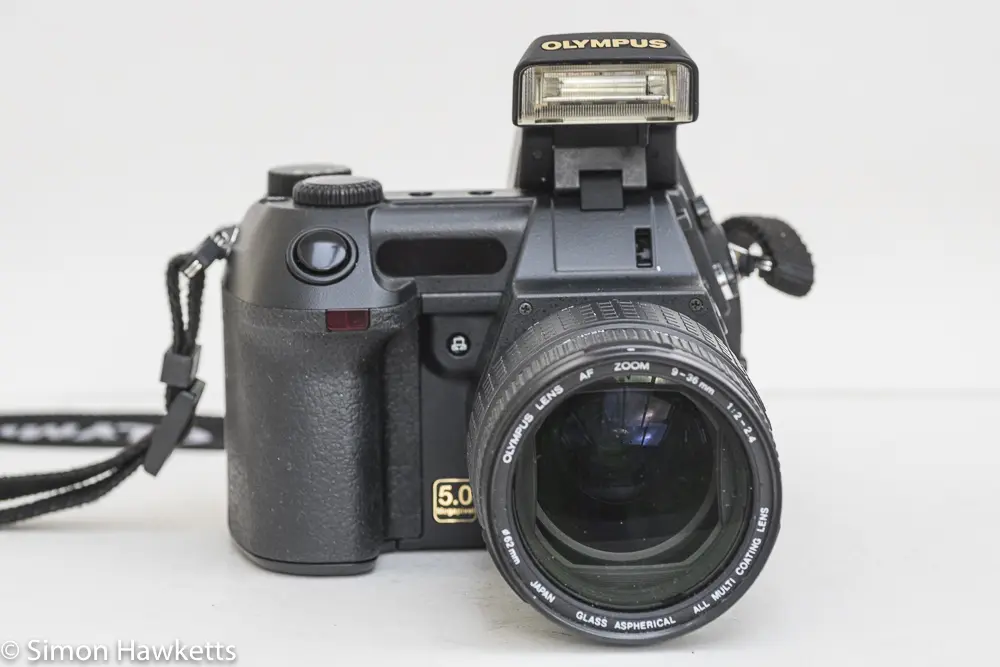

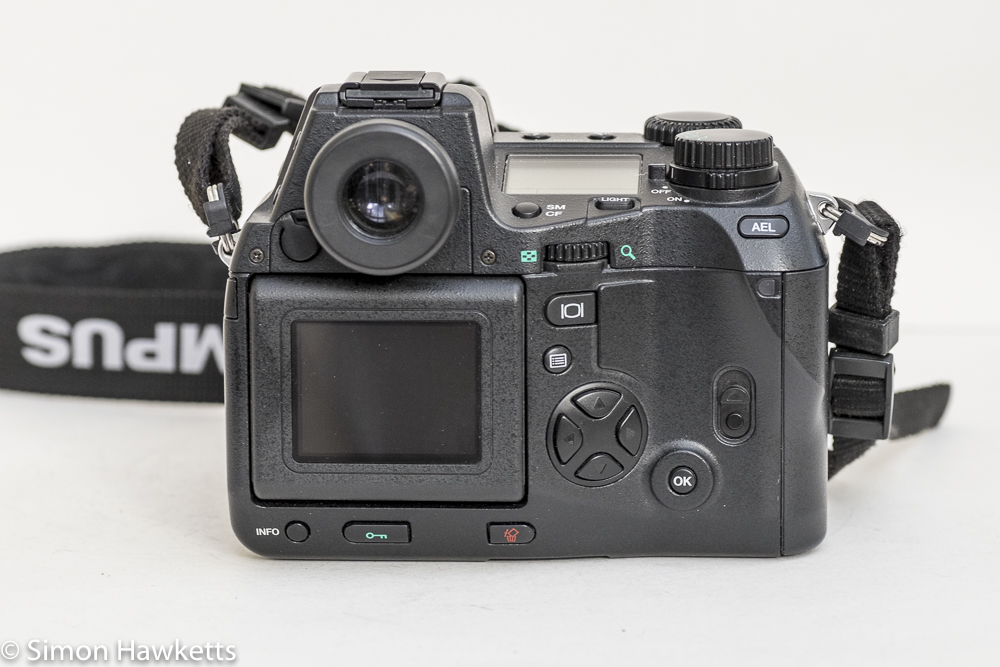
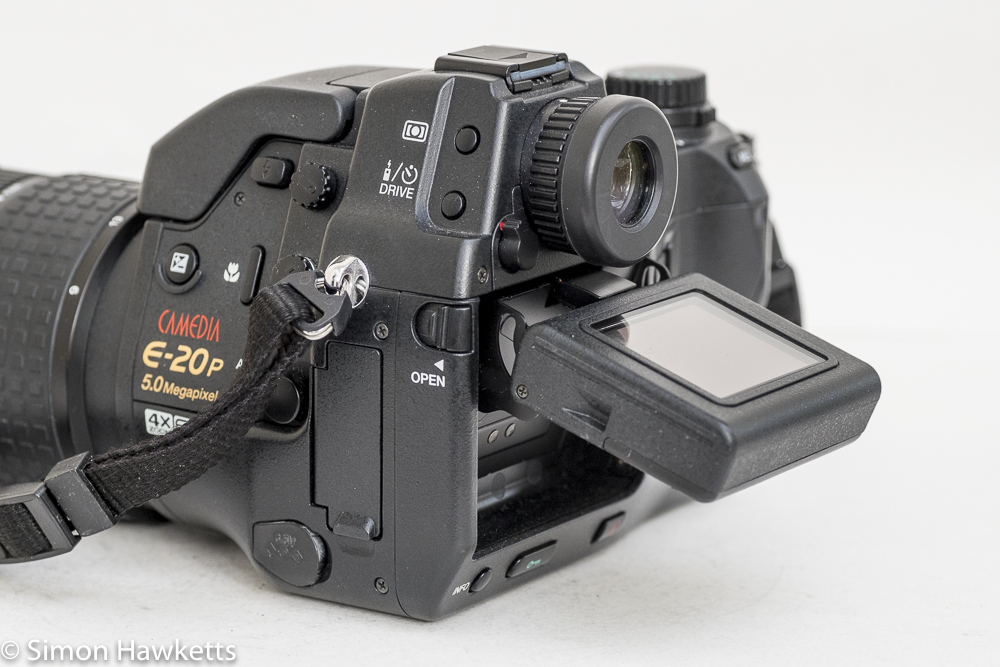
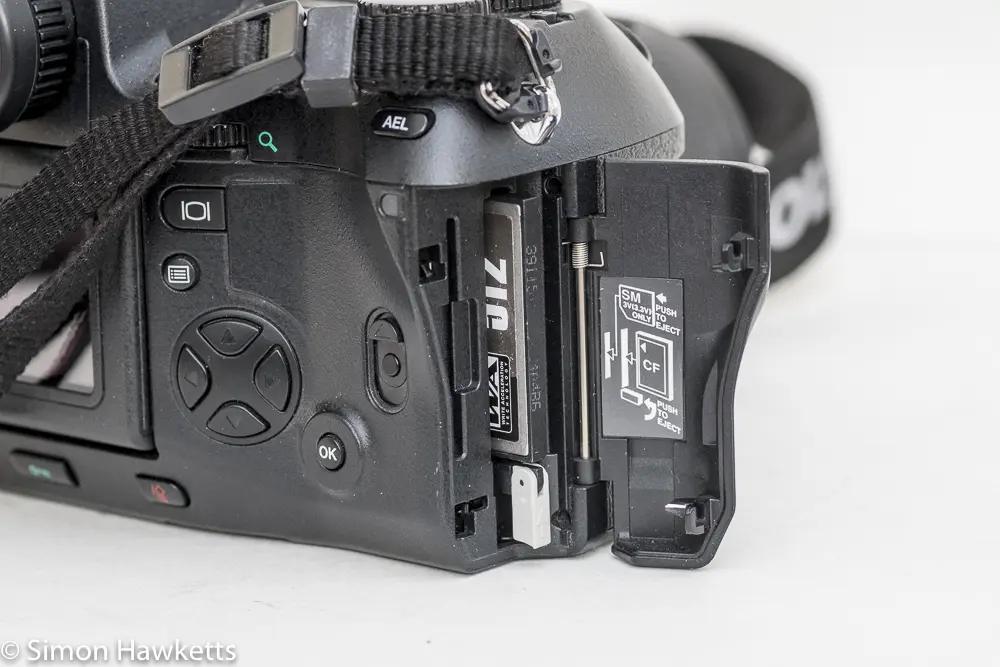
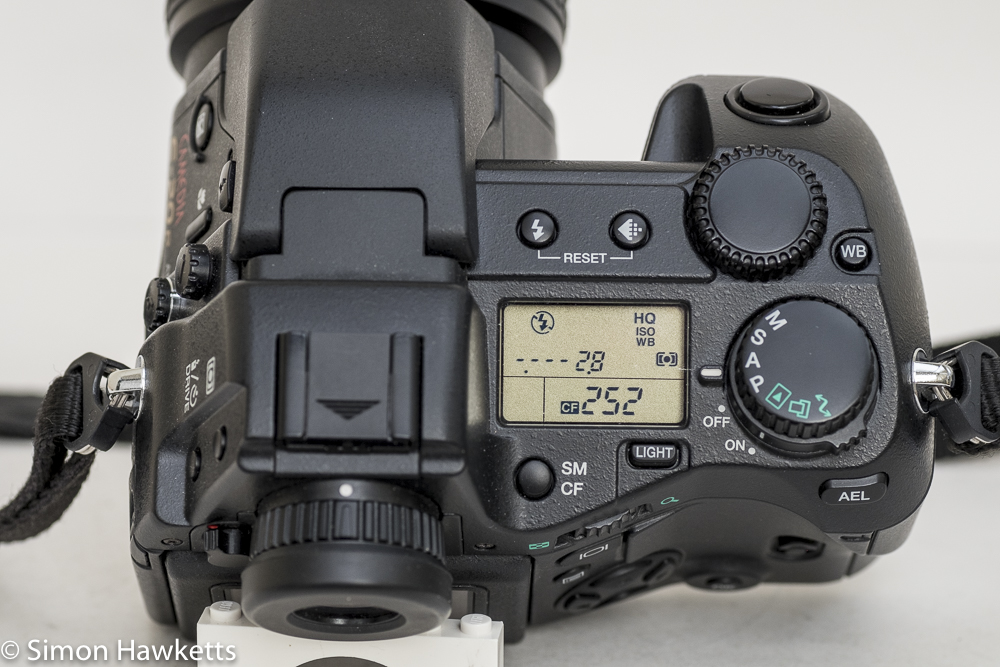

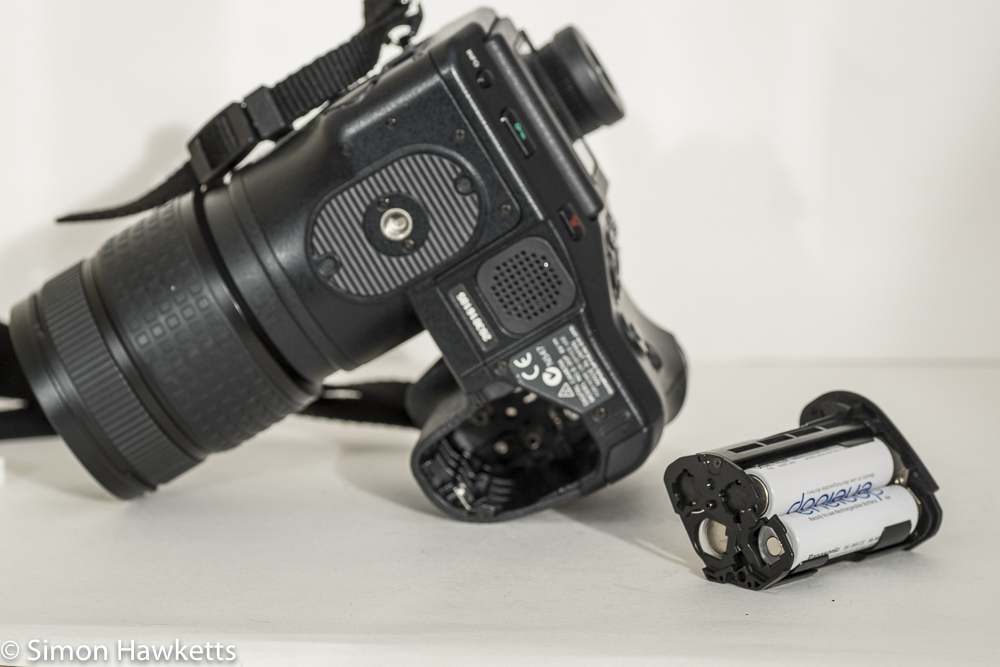
My Olympus Camedia E-20P Camera
A while ago, I got into vintage digital cameras and started looking around at good models to buy. I own an Olympus Camedia C-720 ultra zoom, which I purchased new in the early 2000s, so it seemed natural to have a look at the other models in the Olympus Camedia series. A bit of investigation revealed the E-10 and E-20, so I started looking on eBay to see if I could find one.
As it happens, the time I started looking coincided with my Birthday and I had a bit of spare cash and found a good example which had a starting bid of £40. I was going to try a bid, but unfortunately, just at the moment I needed to place a bid we had an internet drop out, and I couldn’t do anything! I was disappointed, but it turned out to be very fortunate because a few days later another unit came up which started at £12-50 and I got it for that price.
The unit I bought was described by the seller as being in very good physical condition and hadn’t been used for many years, but he remembered an error message about ‘door not closed’. I guessed this was probably a problem with the memory card door, and sure enough, when I received the camera and put some fresh batteries in it, I found I couldn’t save images because the memory door micro switch wasn’t properly closed.
The technically correct solution to this problem would be to strip the camera down and fit a replacement micro switch, but that sounded like a job fraught with problems. I took the easier route of simple gluing a small shim of plastic onto the peg, which activates the switch so that it is pushed further down. That seemed to do the trick and fixed the issue.
After a while taking some pictures with the E-20p I discovered another problem which is that the autofocus is a little bit out and seems to back focus. This is only really noticeable on macro shots with the lens at maximum zoom (as you would expect really) and if I manually focus I can get it right, but it’s a bit annoying.
Cosmetically, the camera is in superb shape with hardly a mark on it. All the buttons work, the battery compartment was clean and the terminals gleaming (the battery compartment is often a mess on old cameras) and the lens is clean and dust free. All in all, quite a bargain for £12-50.
Olympus E-20p Description
The E-20p is a solid, well constructed camera with a really good set of controls, making it simple to adjust almost any parameter you can think of as you take pictures. Although it is a fixed lens camera, there were additional add on lenses made at the time the camera was popular which added extra wide angle and telephoto options.
The sensor resolution at 5M is by today’s standards quite low, but in fact is good enough to fulfil most normal requirements, and the multiple exposure modes make it a really flexible camera for most uses. The Autofocus performance, although sluggish by modern standards, is good enough for all normal use, and the optical & LDC composition, built in flash and reasonable zoom range make the camera a good general purpose unit.
Because the full manual is available on-line (link below), I’m not going to attempt to describe the camera in more detail – instead I’m going to give my impressions of using it.
Using the E-20p & Samples
I took the E-20 out for a walk to take some sample pictures with it, and these are my impressions of using it.
The first thing I noticed was how difficult the optical viewfinder is to use. For some reason, I didn’t seem to feel as if I was able to get ‘close enough’ to actually see clearly – it always felt as if I was just away from the viewfinder and my eyelashes were ‘in the way’. It may be that the addition of an eye cup would improve this, but as it stands it makes the camera uncomfortable to use.
The other slightly negative aspects of using the E-20 were the control wheel, which I found to be a bit awkwardly placed and quite stiff to move, and the write time for the data cards. On the second point, although it took a long time to finish writing pictures, at least the camera has a good-sized, fast buffer which is used to store the pictures until they are written to the card. I only tried this with about 3 pictures, but it meant the camera was ready to use even as pictures were being written, so the card write times would only become a problem if you were taking a lot of pictures in quick succession.
Now to the good points. As I mentioned above, the camera is festooned with individual buttons for virtually every aspect of picture taking you could imagine, and it is really easy to quickly jump to the correct setting. I found the top panel LCD useful, especially with the backlight on the dull mornings I used the camera this week. Another plus point is the articulated LCD screen for picture composition. I’m no fan of LCD’s when they are the primary source of picture composition, but when they augment an optical viewfinder there are some situations where they are very useful – for example when taking pictures quite low down, and it’s damp.
The pictures below are sample pictures I took while I took a morning walk around Stevenage on some dull winter mornings. They were taken in Jpeg format and imported into Lightroom, where only a few exposure corrections were made.
It’s quite apparent in some of the pictures that the E-20 had trouble controlling the noise in the darker areas (the picture of the fence for example), and the sensor had trouble in some of the highlight areas, but overall considering the age of the camera the images are not too bad.
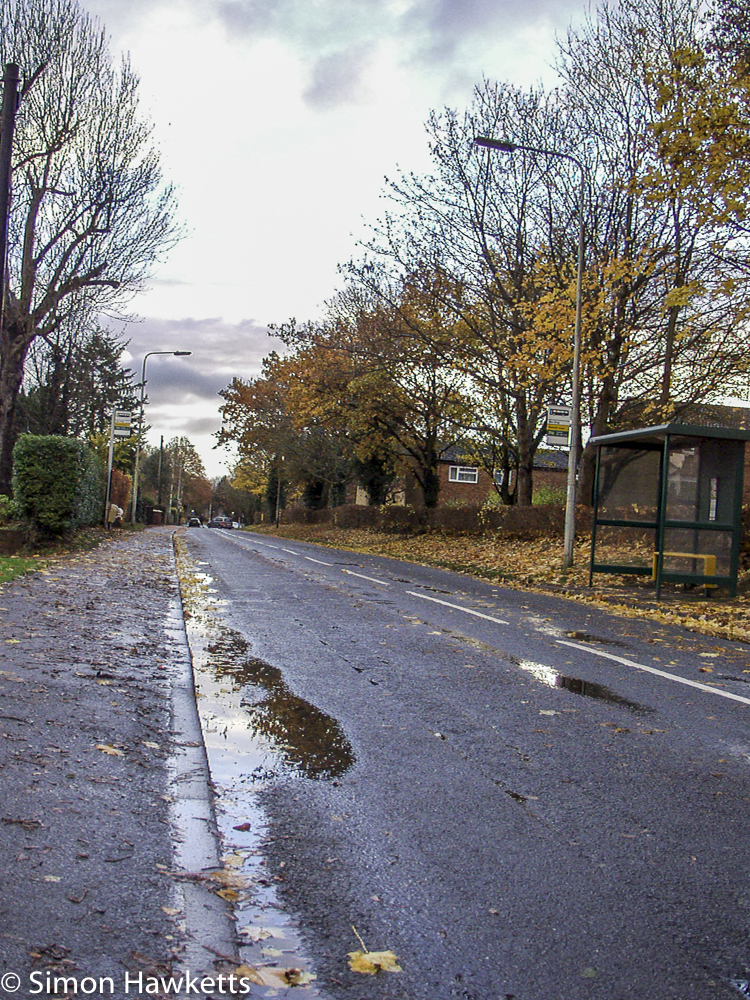
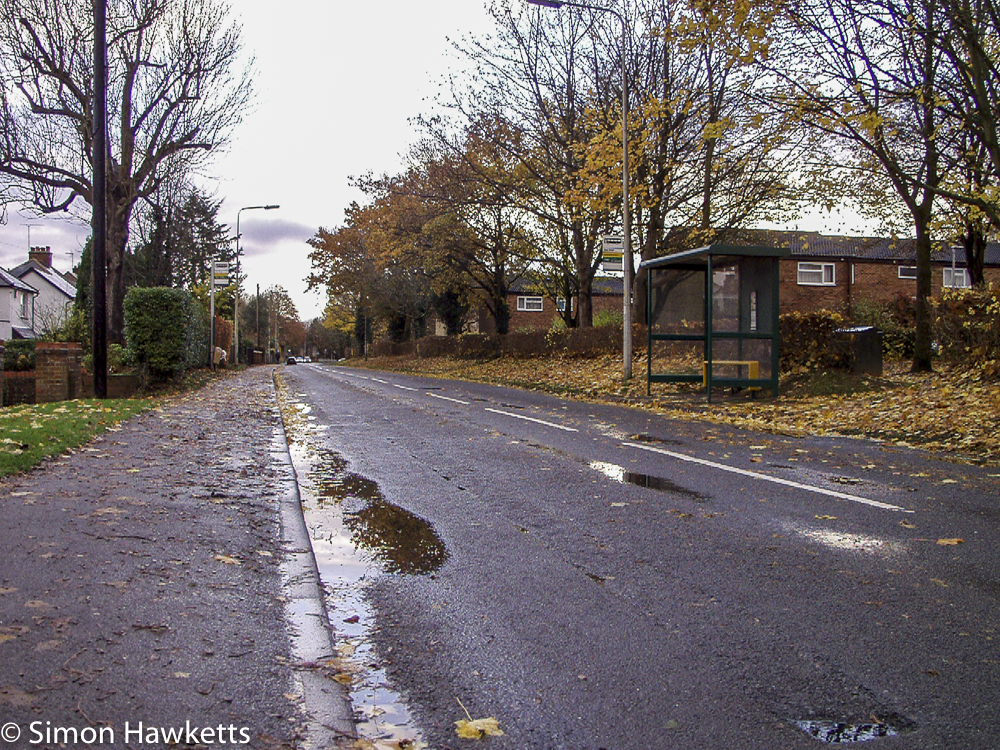
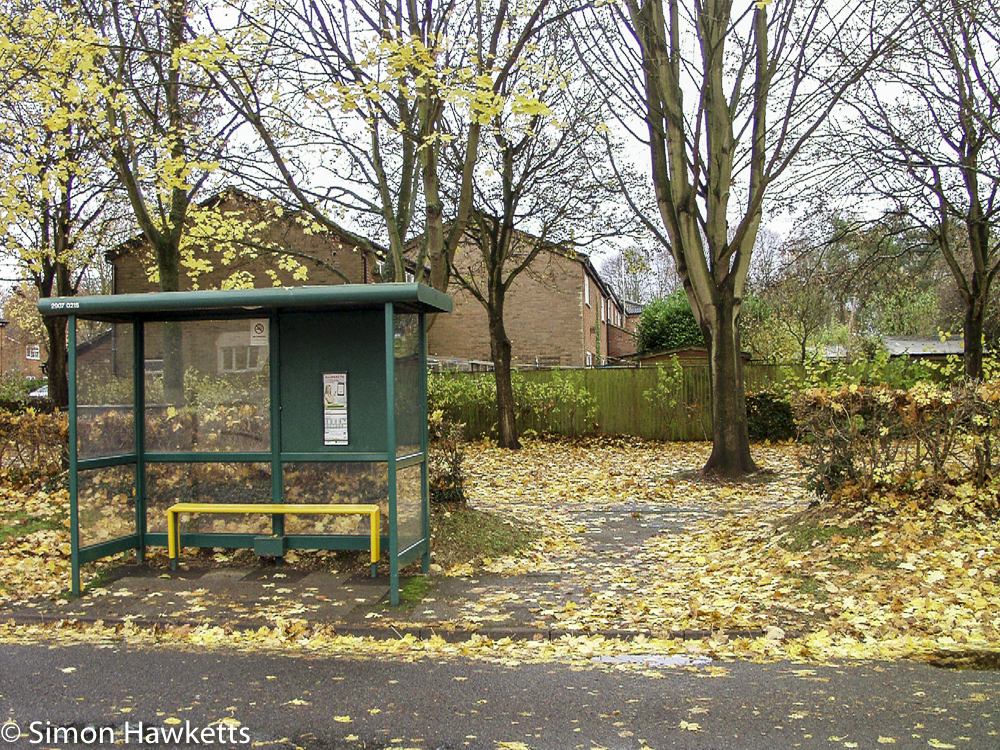
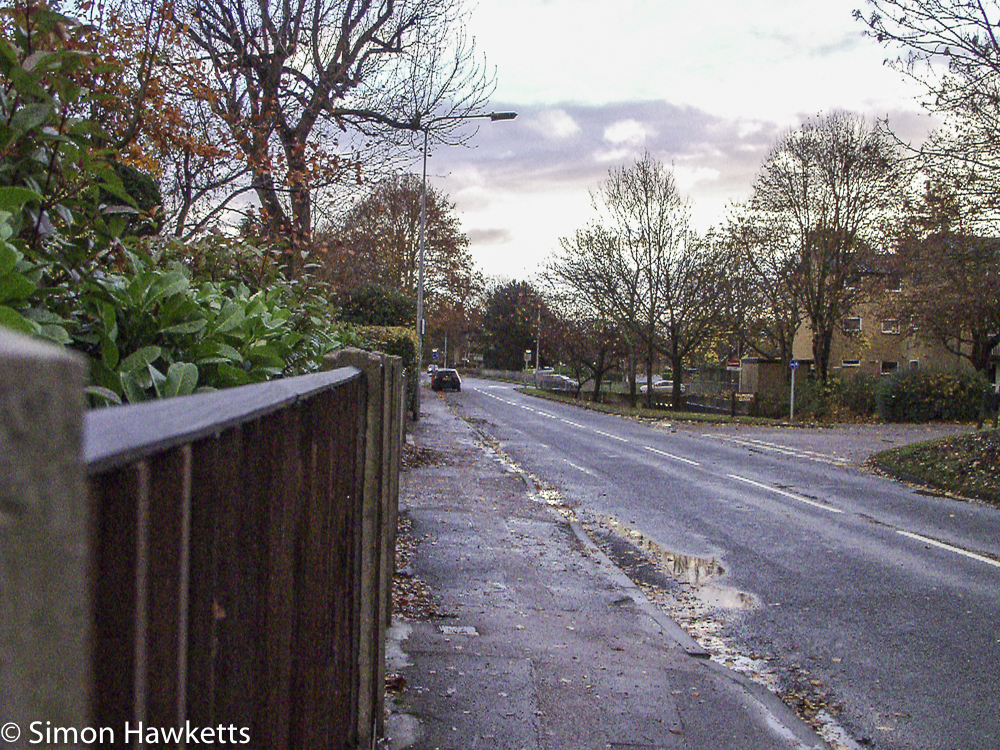
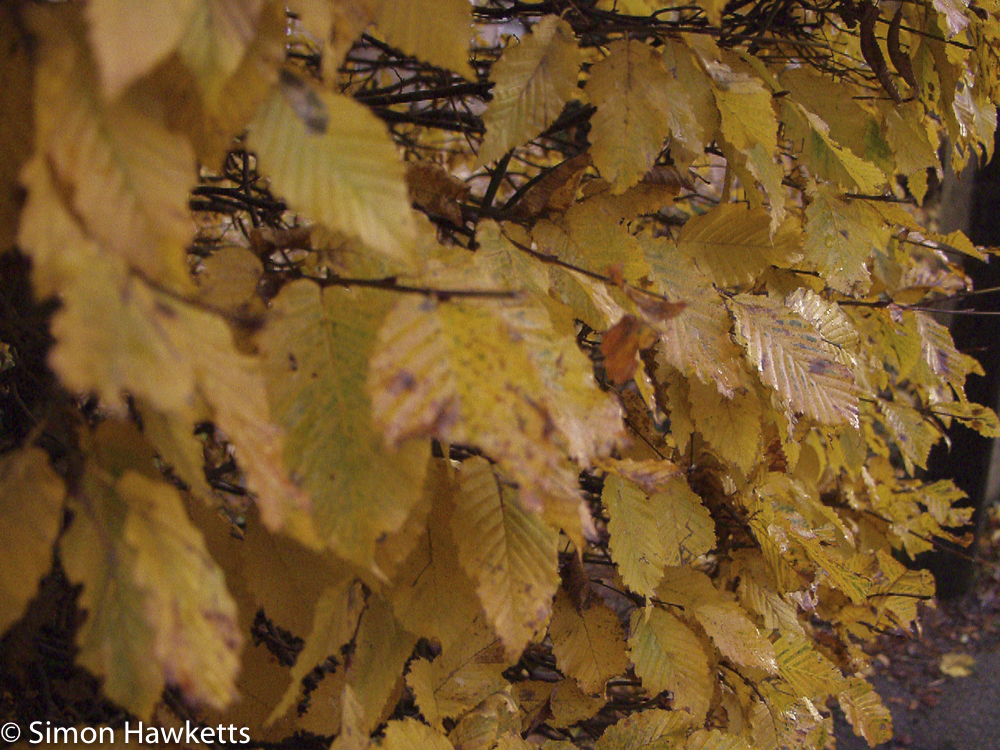
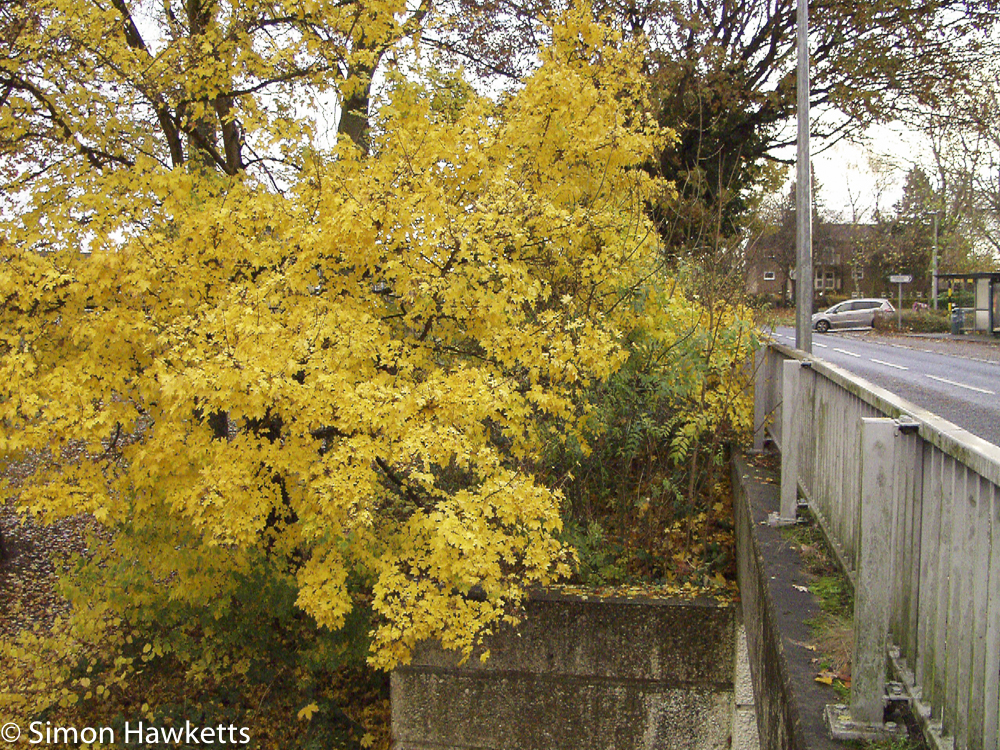
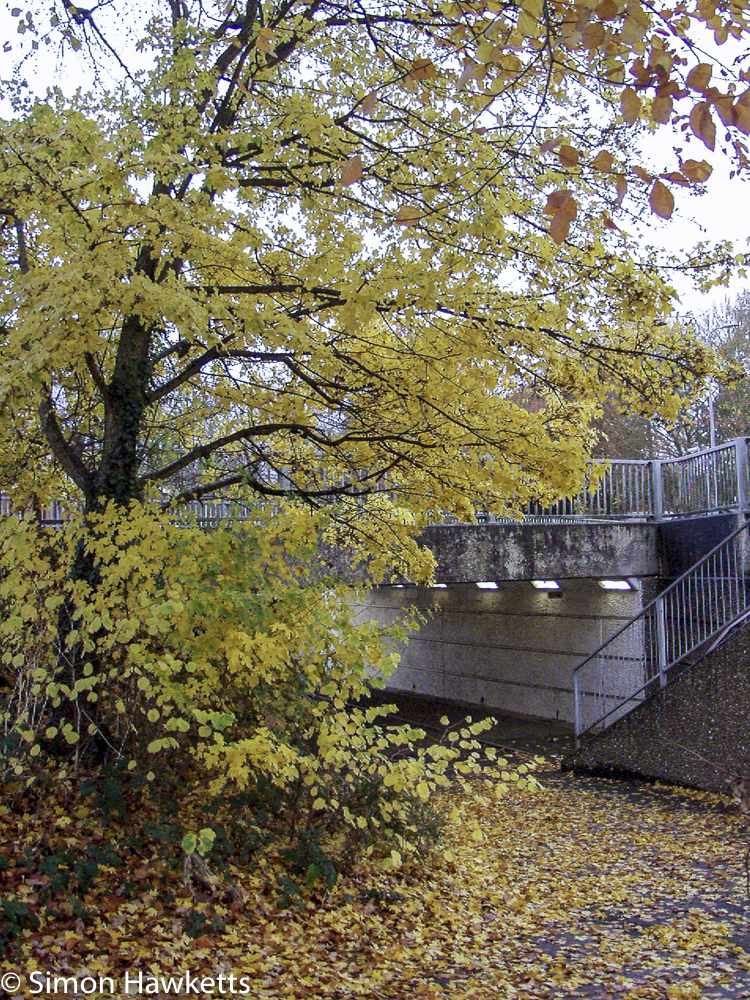
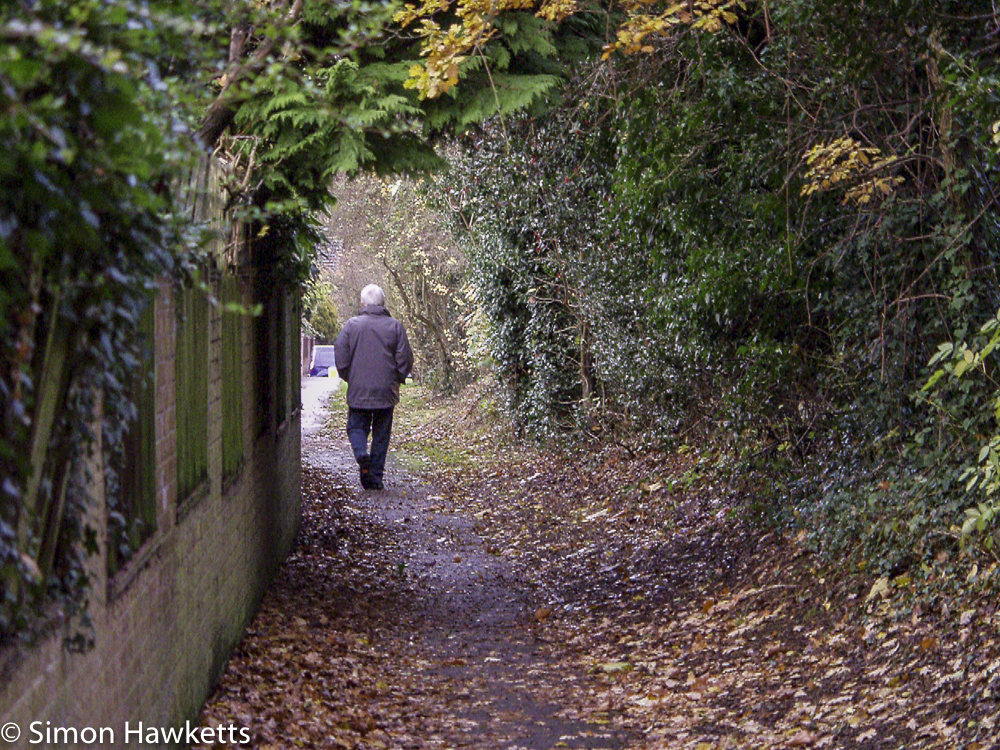
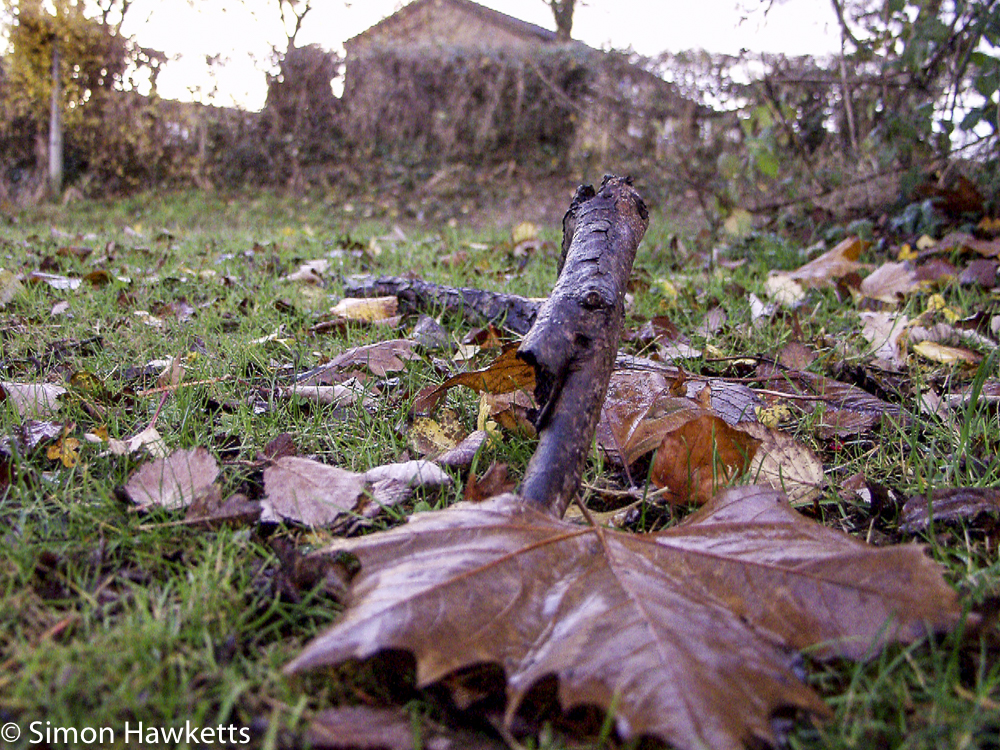
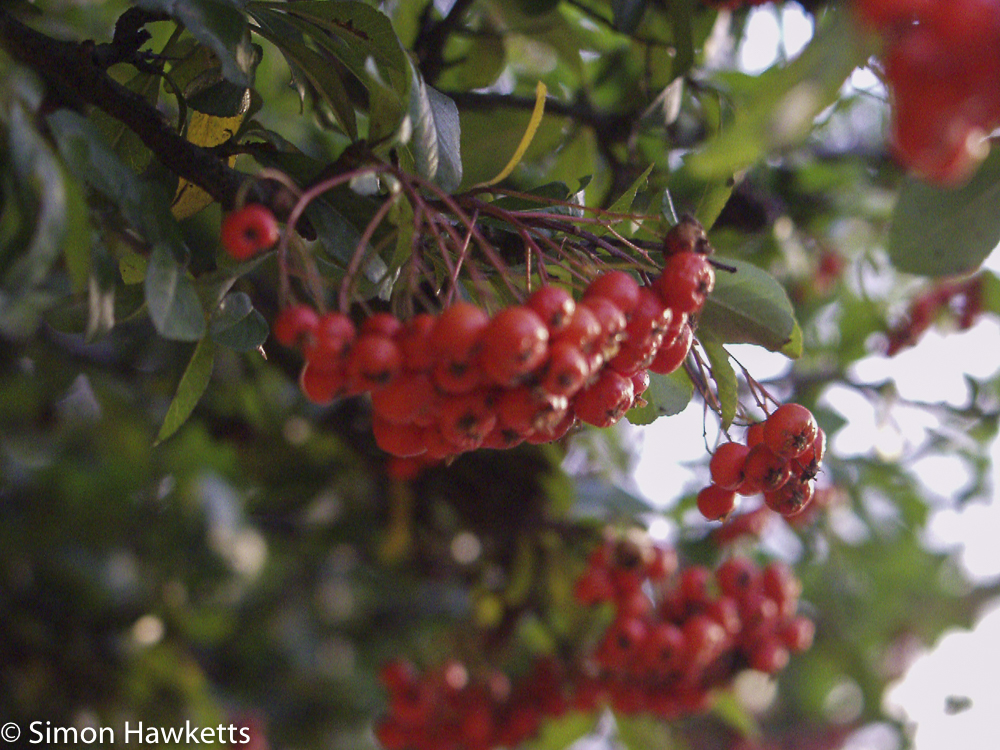
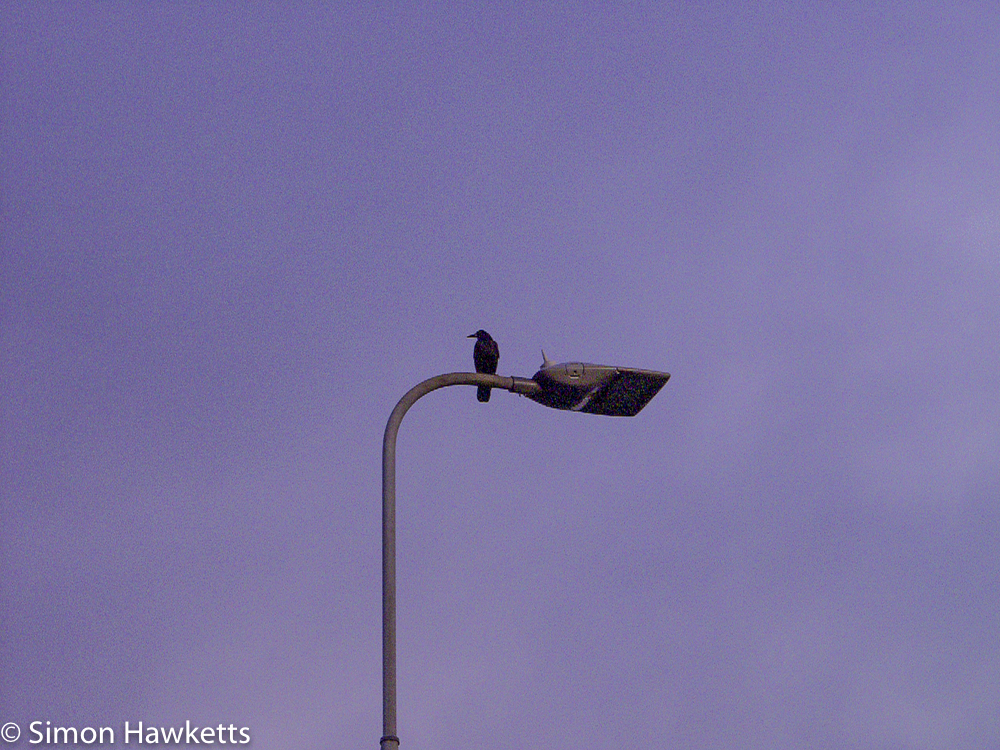
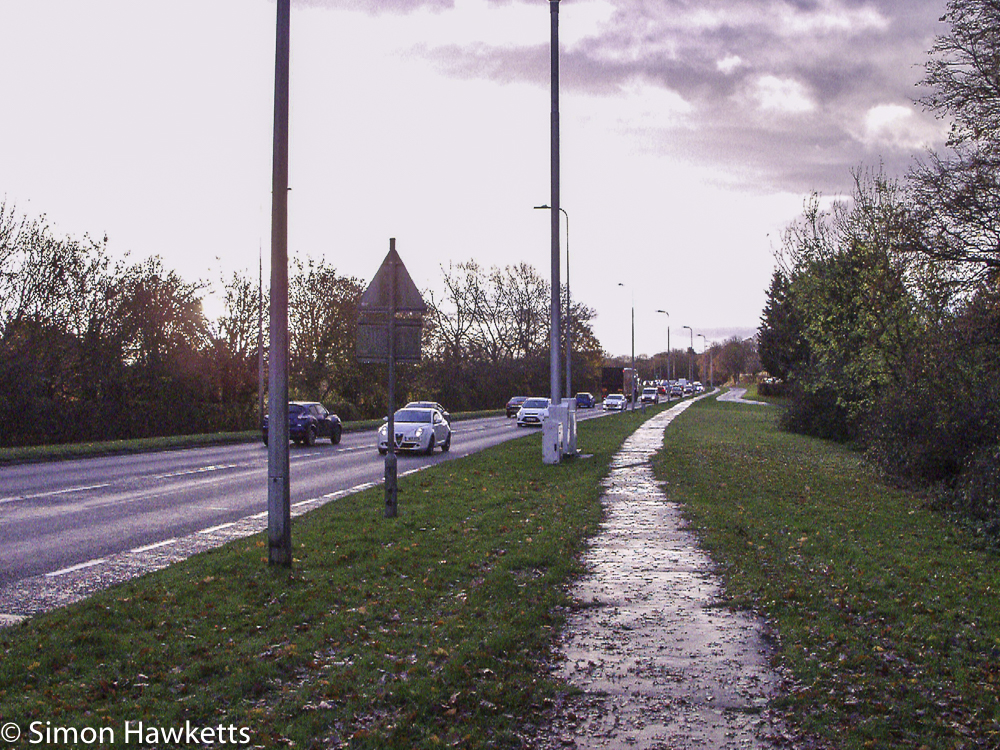

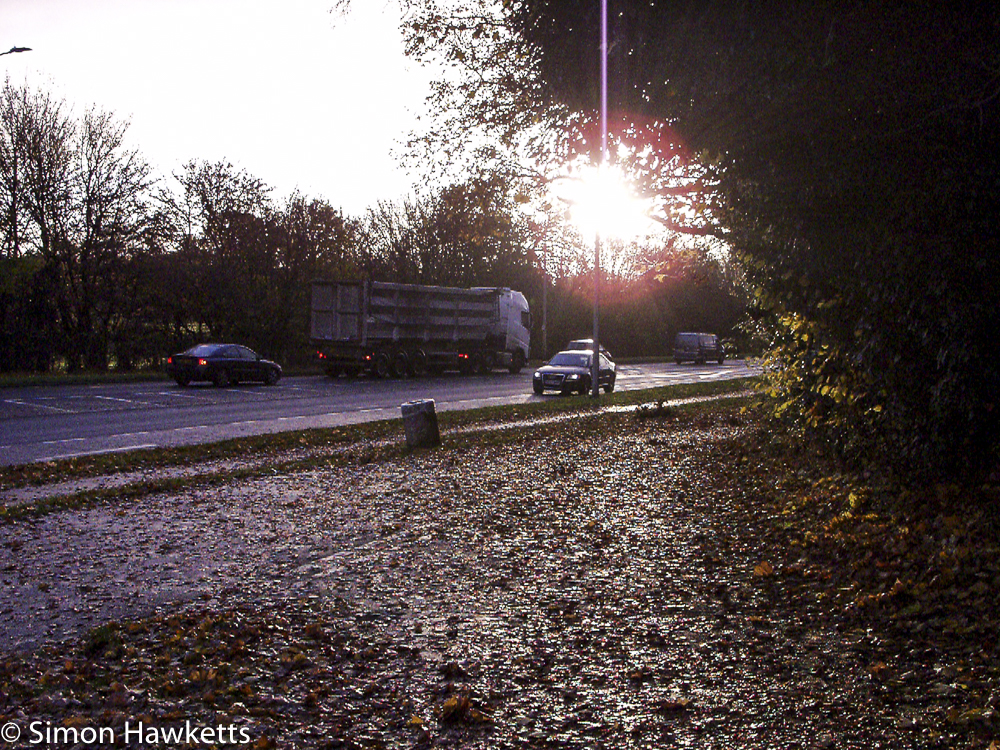
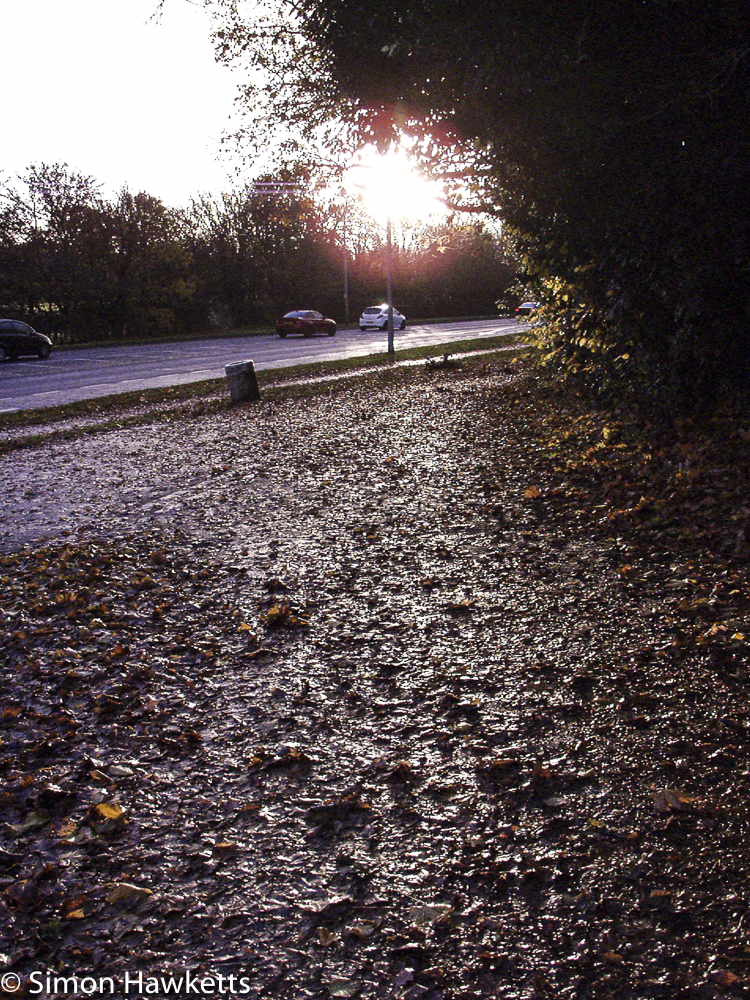
Olympus E-20p Specifications
- Olympus Camedia E-20p autofocus DSLR
- 2/3 5Mp sensor
- 9 to 35mm f/2 – f/2.4 lens (eq to 35mm to 140mm)
- Matrix, Centre weighted and spot metering
- 2sec to 1/4000sec shutter
- ISO 80 to 320
- Aperture, Shutter, Program and Manual Mode exposure control
- +/- 3 stop exposure compensation
- Optical viewfinder + LCD live view
- Self timer and Interval timer
- RAW, TIFF and Jpeg
- 2 x CRV2 or 4 AA batteries
- Handbook available online here.
Discover more from Everything Vintage
Subscribe to get the latest posts sent to your email.

